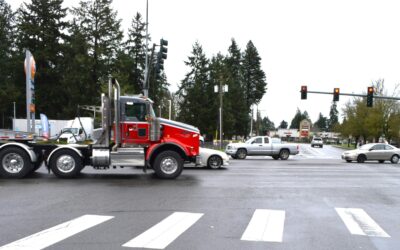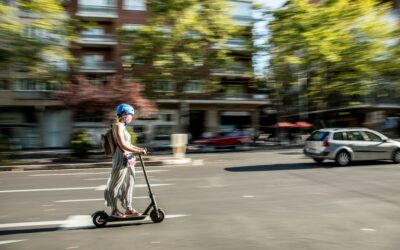September brings back-to-school carpools, after-practice pickups, and evening activities—exactly when child passenger injuries tend to rise. With Child Passenger Safety Week falling in September, it’s a smart time to double-check your car seat setup and to understand what to do if your child is involved in a crash. Georgia is a fault state, so the at-fault driver’s insurer is responsible for damages; but the strength of your claim often comes down to what you document in the first 24–48 hours and how you handle the car seat after the collision.
Many injuries we see aren’t from “major” wrecks; they come from everyday mistakes that turn a minor impact into a big problem. Common issues include loose harnesses, chest clips riding low, forward-facing too early, expired seats, using both LATCH and seat belt together when the manufacturer prohibits it, and moving a child to a booster before they’re ready. Add early sunsets, rain-slicked roads, and crowded school zones, and small oversights can have outsized consequences.
If a crash happens, your child’s health comes first—and careful documentation comes second. Early medical evaluation links symptoms to the collision and protects your claim. Photos of the scene and of your installed car seat also matter, especially if an insurer later argues the crash was “too minor” to cause injury.
What to do in the first 24–48 hours
- Seek medical care immediately: Ask EMS to evaluate your child on scene when possible and follow up with your pediatrician. Concussion and abdominal injuries can appear hours later.
- Document the seat and install: Before removing anything, take clear photos of the car seat in place (angles from front, side, and base), the harness position, the chest clip height, and any visible damage to the shell, foam, or straps.
- Record the details: Photograph the manufacturer label with model name, manufacture date, and serial number. Save your receipt or a bank statement showing purchase.
- Replace appropriately: Many manufacturers recommend replacing a seat after any crash or at least after moderate or severe ones. Check your manual, don’t reuse a seat that shows damage, and do not donate a crashed seat.
- Preserve the old seat for now: Keep the seat (bag and label it) until your claim resolves; insurers frequently reimburse reasonable replacement costs, and the seat can be evidence if needed.
- Gather scene evidence: Photograph the vehicles, car seat location within the vehicle, airbag deployment, broken glass, and any intrusion near your child’s seating position. Get the police report number and witness information.
- Avoid recorded statements to insurers: Provide basic facts only until you speak with a lawyer; don’t guess about speed, fault, or medical prognosis.
From a legal standpoint, liability usually rests with the negligent driver who caused the crash, but we also consider whether product defects or maintenance failures contributed. A defective shell, buckle, or recline mechanism can create a separate product claim. If the at-fault driver was speeding, distracted, or impaired in a school zone, punitive damages may be available in addition to compensation for medical bills, future care, and pain and suffering. Your own coverages can help, too: medical payments coverage (MedPay) can offset immediate costs regardless of fault, and uninsured/underinsured motorist (UM/UIM) coverage can fill gaps when the at-fault driver is minimally insured.
Parents often ask when to retire a seat even without a collision. A few quick reminders for September: check the expiration date on the label; confirm that your child still fits within the height and weight limits; keep harnessed kids’ chest clips at armpit level and harness straps snug; and avoid bulky coats that create false slack later in the fall. If you switched vehicles for school activities, re-install the seat carefully in the new car—LATCH anchor locations and weight limits vary.
Gunn Law Group moves fast in child passenger cases. We secure video (doorbell/CCTV), obtain the crash report and 911 audio, document lighting and weather at the exact time of impact, and preserve the car seat as evidence when appropriate. We coordinate with your medical providers to show the full impact on your child—ER visits, specialist referrals, therapy, school accommodations—and we pursue every available policy (at-fault liability, UM/UIM, MedPay) to maximize your family’s recovery.
If a school-year crash put your child at risk—or you need guidance on replacing a seat and navigating insurance—don’t go it alone. Need a home run? Call the Big Gunn at 888-BIG-GUNN for a free case review with an Atlanta personal injury lawyer who knows how to protect kids and win these claims.




